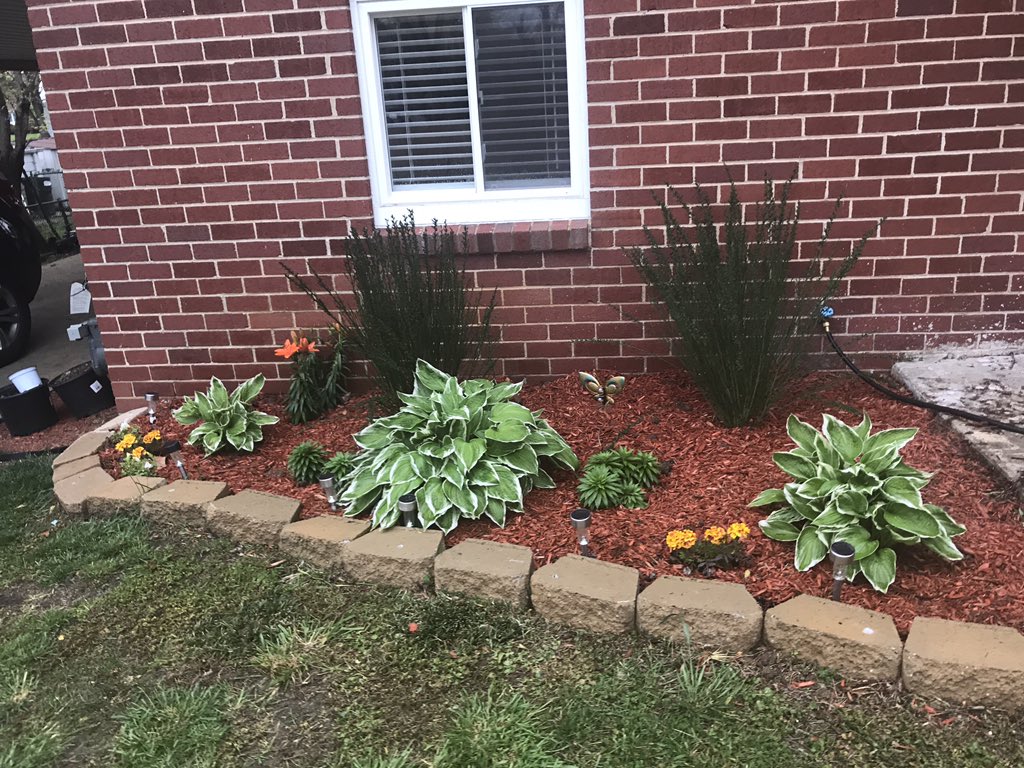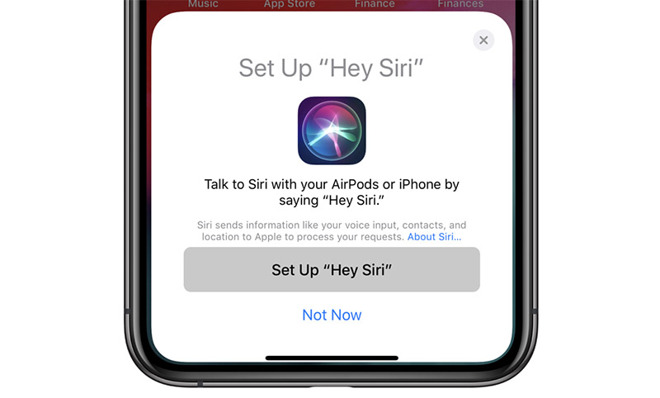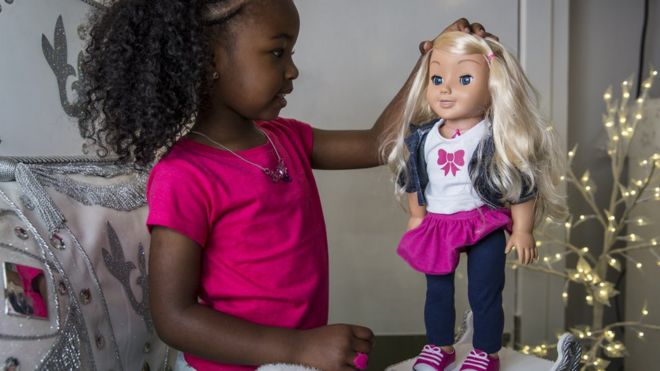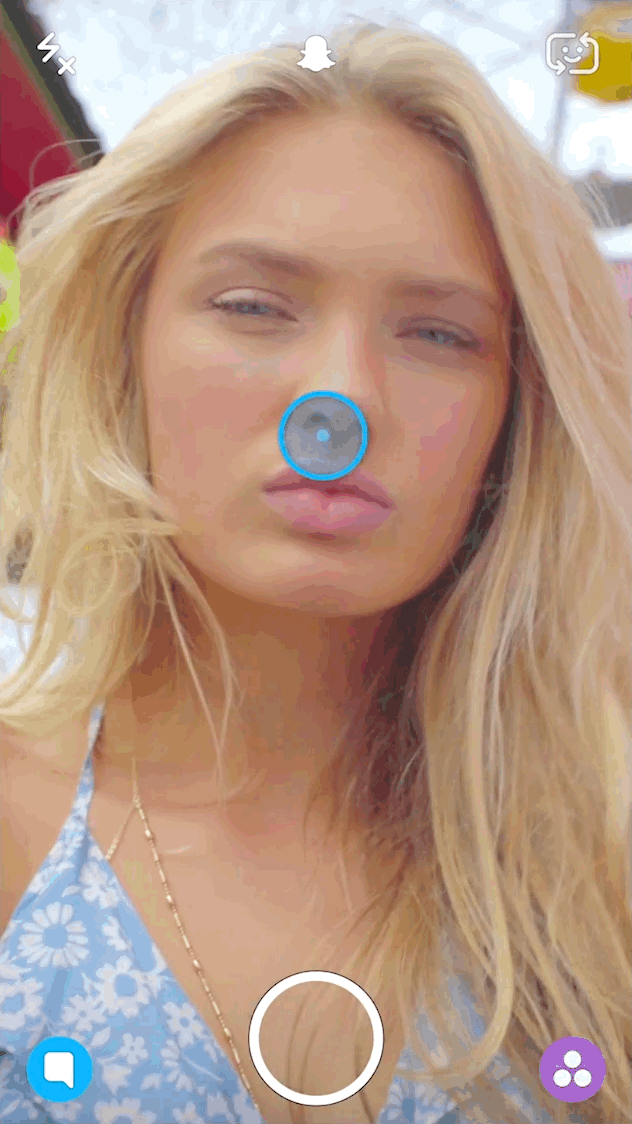Throughout the spread of CoronaVirus, healthcare professionals have stressed the importance of physical distancing, which is staying at least six feet away from other people in public spaces. However, they have still highly encouraged people to stay connected with friends and family virtually since they can’t be there physically. Social media and the internet as a whole has made not social, but physical distancing possible.
One way people of all ages are staying connected during the CoronaVirus pandemic is Zoom parties. Zoom is a platform similar to Skype where multiple people can get together and video chat together. Whether it be for someone’s birthday, a holiday, or just to catch up, families and groups of friends are getting together to celebrate on Zoom. Of course we can’t forget about Zoom’s greenscreen feature that allows you to change your background to any photo or video you have saved on your device. The greenscreen feature is a great way to add some extra fun to your video chat. The possibilities for fun on Zoom in endless, according to Business Insider, some people even though murdery mystery parties over zoom.

I have personally been a part of many Zoom hangouts and birthday calls throughout the pandemic. I think that staying connected to my friends and family during this time is extremely important, and so do the professionals. Many doctors and other healthcare professionals say that talking to friends and family through text, email, phone call, or video chat are all vital to our mental well being. We are so used to seeing people at school, work, restaurants, movie theaters, and any other places we usually enjoy going to. But with CoronaVirus, physical distancing, and quarantining, these social interactions we once loved are now dangerous to partake in. Saying that CoronaVirus has been an adjustment for all of us would be an understatement, things right now in life are absolutely crazy. This craziness is all the more reason to continue to check up on our friends and family to see how they are doing and be there for them in any way we can, expect physically of course.
Because of social media, there are more ways now than ever before to stay connected to people. Even though we have to physically distance ourselves from others, that doesn’t mean that our social lives have to entirely go down the drain. Call your aunts and uncles, text your co-workers, Zoom call your friends, do anything to stay socially connected to those you love through technology and social media.








